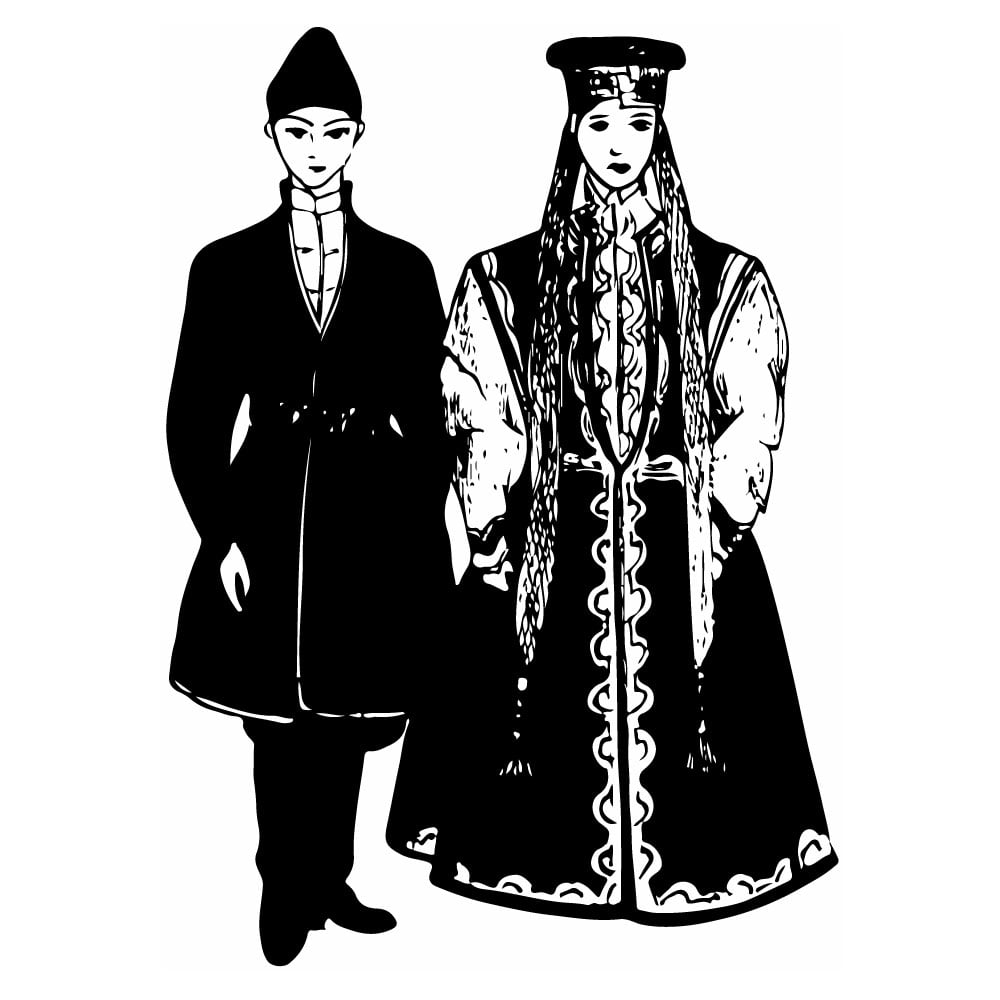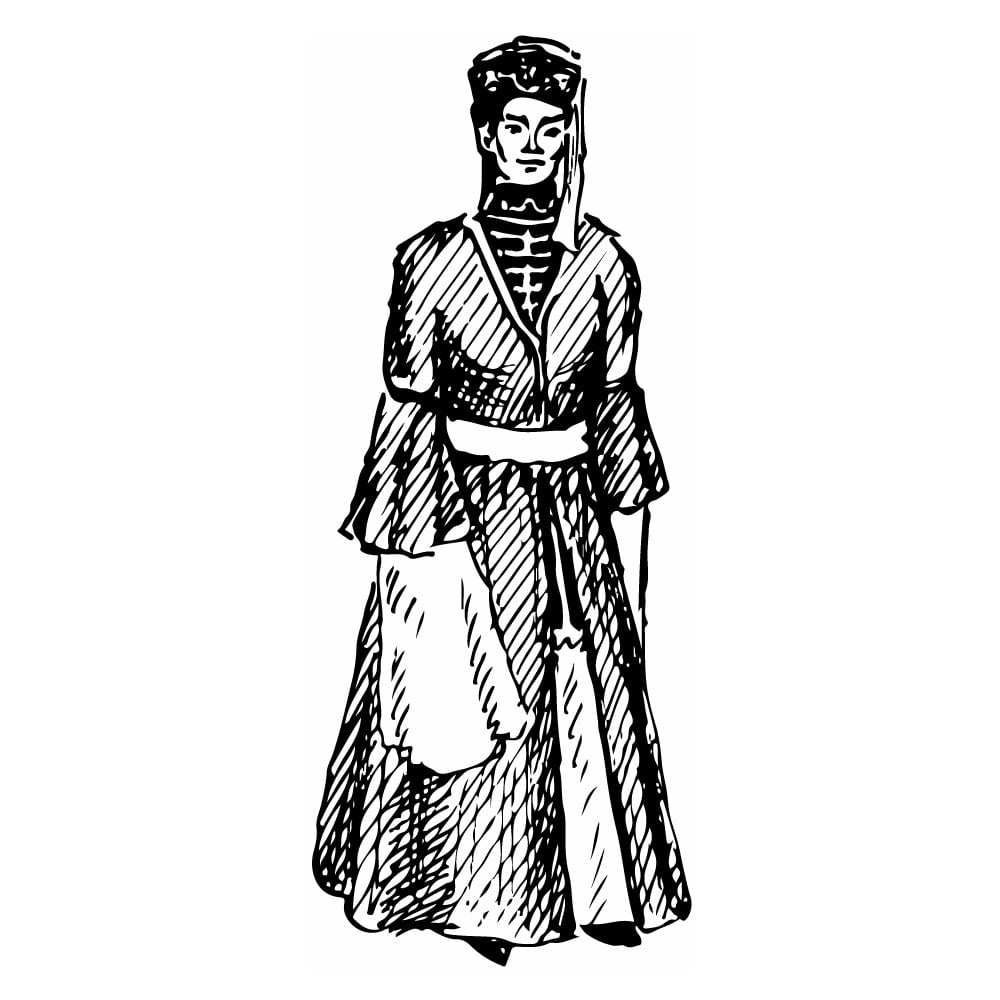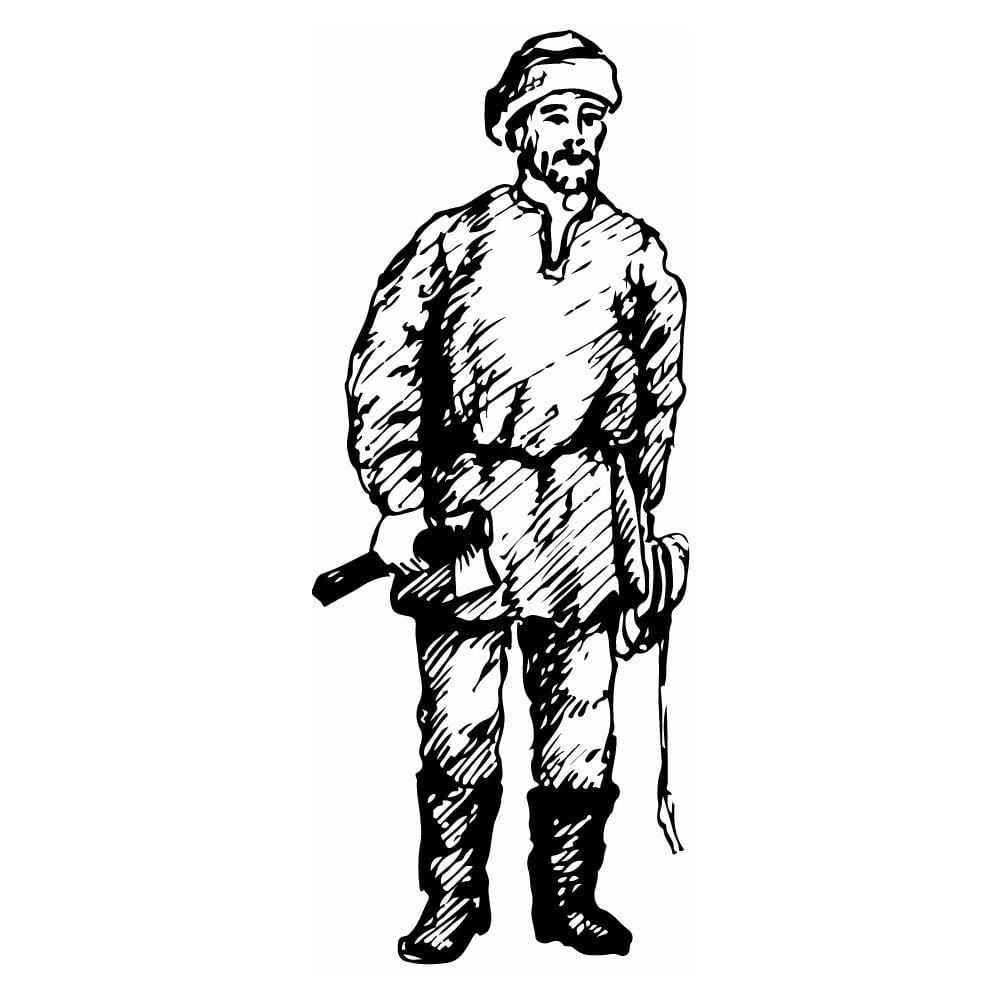Khalkha-Mongolians
| Population | 3,500 |
| Language group | Mongolian group of the Finno-Ugric languages |
| Language | Mongolian |
| Region | South Siberia |
| Religion | Buddhism |
*Population estimates for 1994
The ethnonym “Mongol” (men-ghu, men-ghuli, men-va) is first mentioned in the historical chronicles of the Tan epoch (seventh-tenth centuries).
There are many unanswered questions in the ethnic history of the Mongolians, but it is clear that the Mongolian nation was formed on Mongolian territory and in Northeast China on the basis of the native aboriginal population. At the beginning of the thirteenth century, several tribes united or were united by force into a single Mongolian state of Genghis Khan. There the Mongolian nation became completely established. In the fifteenth century the Mongolians divided into western and eastern groups. Later, in the sixteenth century, the eastern group divided into northern and southern ones. West Mongolians known as the Oyrats rounded the Ostrat khanate in the seventeenth century. The eastern (northern) group took the name “Khalkha” in the sixteenth century.
The main occupation of all the groups was cattle-breeding, nomadic in the past and semi-nomadic at present. Agriculture played a secondary role.
Mongolian culture and folklore are notable for the diversity of genres: songs, tales, legends and fairy-tales. Strong folklore traditions reflected on the longevity and vitality of Mongolian epic literature.
Clothes, household utensils, and statues decorated with geometrical and floral patterns prevail in Khalkha-Mongolian decorative applied art.
After the foundation of Mongolian state Shamanism as the official religion was supplanted by Buddhism. By the sixteenth-seventeenth centuries Buddhism (Lamaism branch) became the official religion of Mongolia. At present Khalkha-Mongolian believers are Buddhists.
This is Ad 1




























